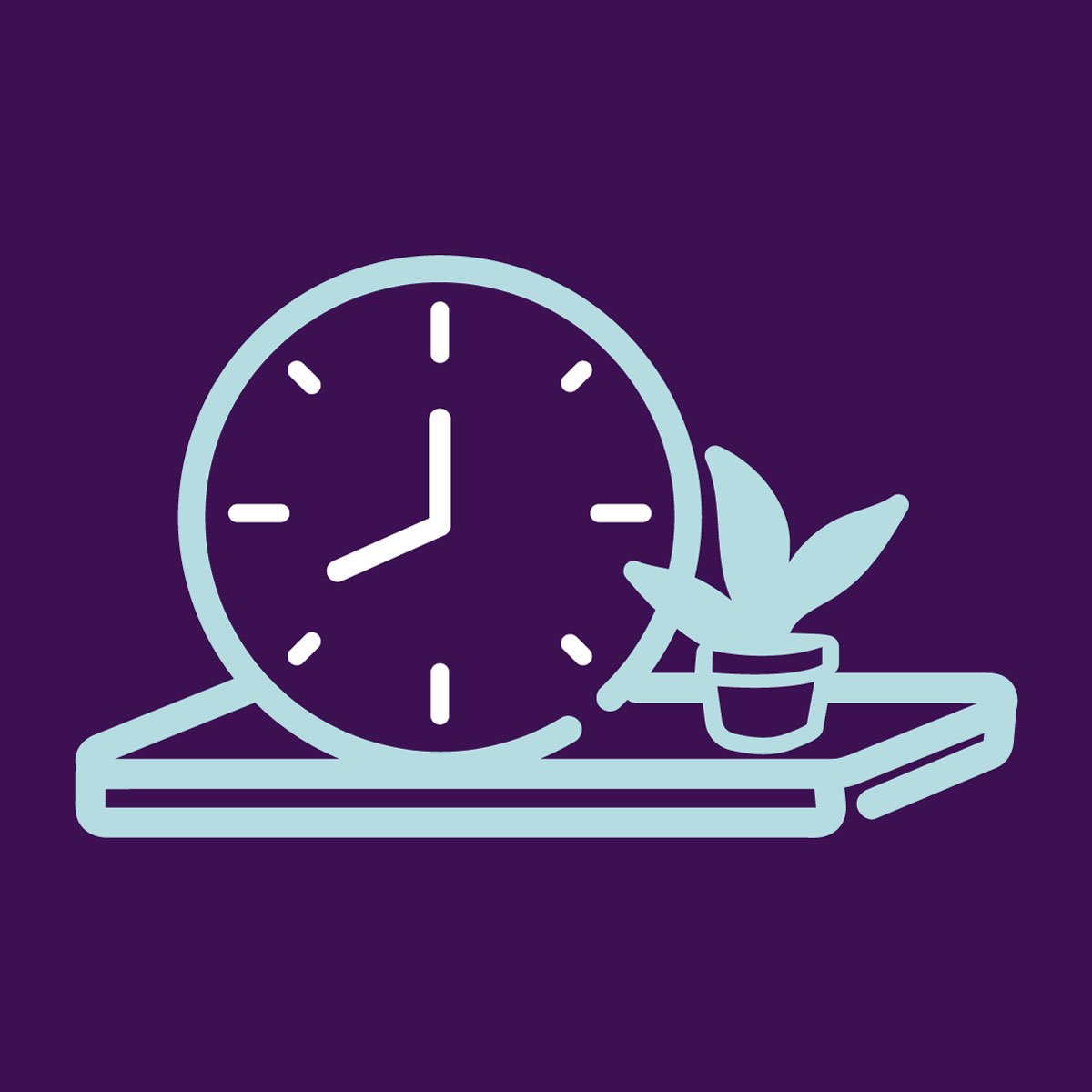👋 Welcome to a special edition of The Latest for October! This is a behind-the-scenes look at my newest impact report — putting you in “the room where it happens,” as they sing in “Hamilton” — pain points and all.
This month’s newsletter is 748 words — a 3-4 minute read.
Image description: The front cover, back cover, and “Success Together” pages from the impact report.
🔆 My New Report: Our Impact. Your Roadmap.
Just published last month: Transforming Higher Education From the Inside Out: The Collaborative for Access and Equity (Pilot) Impact Report
It’s about how you can:
-
Design and implement your own initiative to boost access and equity on your campus
-
Attract and assemble intersectional teams to make it happen
-
Easily tweak your teaching for everyone’s benefit
-
Realize short-term and long-term outcomes for students, faculty, and staff
-
Become an ambassador for accessibility in your work and at your organization
⭐️ WIN: The numbers are impressive.
-
45+ people
-
25+ departments at UT Austin
-
1,000+ collaboration hours
-
8 key insights
-
14 recommendations for campus leadership
-
$141,000 grant from Microsoft
💥 PAIN POINT: It was like building a plane while flying. As with any new project, infrastructure-building and content creation are happening at the same time.
👉 Main Takeaway: Improving Access and Equity Transforms Higher Education
Does structured dialog make a difference in improving accessibility and inclusion for disabled students on college campuses?
The answer is a resounding “yes” — if the structured dialog is a true collaboration (which is “the secret sauce”).
The transformation started with the participants. The Collaborative’s disabled student coaches and their faculty partners had plenty of “aha!” moments as they teamed up to share perspectives and identify accessibility strategies and technology tools.
-
“These were some of the most valuable conversations I’ve ever had about my teaching,” said a faculty team member.
-
“An ‘aha moment!’ I had was realizing how much power professors had over the accommodating nature of their courses. From flexible attendance to due dates, professors’ personal policies vary greatly over the university and they are given great power over student experiences,” said a student team member.
💜 ESSENTIAL: Safe spaces. When you’re working to disrupt power dynamics and the status quo, establishing safe spaces to build trust and relationships is a must-have.
💥 PAIN POINT: Emotional labor. Advocacy and equity work comes with an emotional toll — carrying the stories of how disabled people have struggled on campus and acknowledging the many barriers we are still facing. High-level self-care strategies are required for long-term sustainability.
🚨 We Have 14 Recommendations. Here are 5 of Them.
Our Collaborative encourages more collaborations on campuses far and wide. Here are five recommendations that are a starting point. (And be sure to check out page 36 of the impact report for the rest!)
-
Recognize that not all disabilities are visible and many students do not disclose them.
-
Invite disabled student perspectives and integrate their input.
-
Intentionally focus on accessibility as part of course design and instructional support.
-
Emphasize flexibility over standardization in course assignments.
-
Understand that accessibility benefits all students, not just a few
☝️ BUT FIRST: Start (and empower) the conversation. Recognize that accessibility must be at the heart of both student success and campus improvement initiatives.
💥 PAIN POINT: Denial. Too many college leaders don’t understand how many disabled people there are on every campus — or how ableism is ingrained in nearly every aspect of university life.
🌅 This Is Only the Beginning
Our impact report is a roadmap with materials that can be adapted to your own organization — to build spaces for people to thrive and start a journey of transformation.
😃 I’M HERE. If you want to consider this model at your own institution, drop me a line. Organizational change is one of my passions in life, and I’m happy to help.
🤷♀️ PAIN POINT: Now what? I’m now asking questions about strategies for scale. How do we make pockets of activity systemic?
🌀 The Wrap-Up: National Disability Employment Awareness Month
#NDEAM is recognized in October to celebrate the contributions of disabled people and raise awareness of our integral role in a diverse and inclusive workplace.
My #NDEAM tips:
🗳️ When there’s a conversation about disability, identity, experiences, and terminology: Abled people don’t get to vote. Let disabled people lead those conversations and decisions.
✅ When you are planning your training and programming around diversity and inclusion, be sure to include disability and disability-intersectioned perspectives.
✊ Fact: Disabled people are vastly underemployed. Why is testing relevant? Check out my post about how accessible assessment is key to a diverse and inclusive workforce.
💙 And Finally…
I wore my Collaborative button when I presented highlights from the impact report at the Microsoft University Partners Showcase at the Summit on Accessible and Equitable Learning in Quasi-Post-Pandemic World last month.
I love it — a simple piece of swag with our logo, easy to order online, and it has done more team-building than 1,000 words could ever do.
[Selfie by Stephanie Cawthon. Image description: White woman with long blonde hair in an office setting. She’s wearing a black shirt and pointing at a button with white intersecting open circles on a blue background.]


